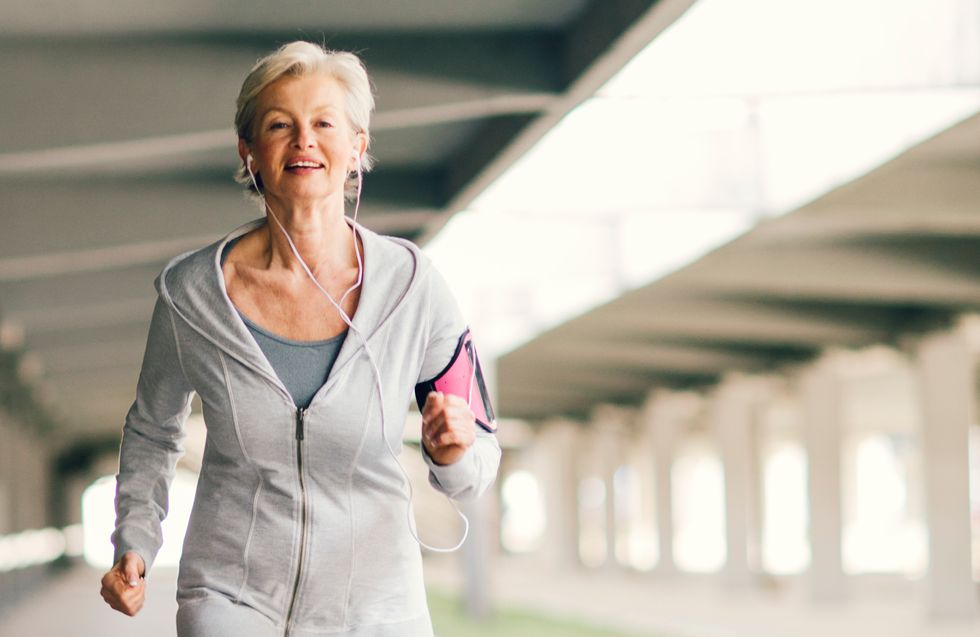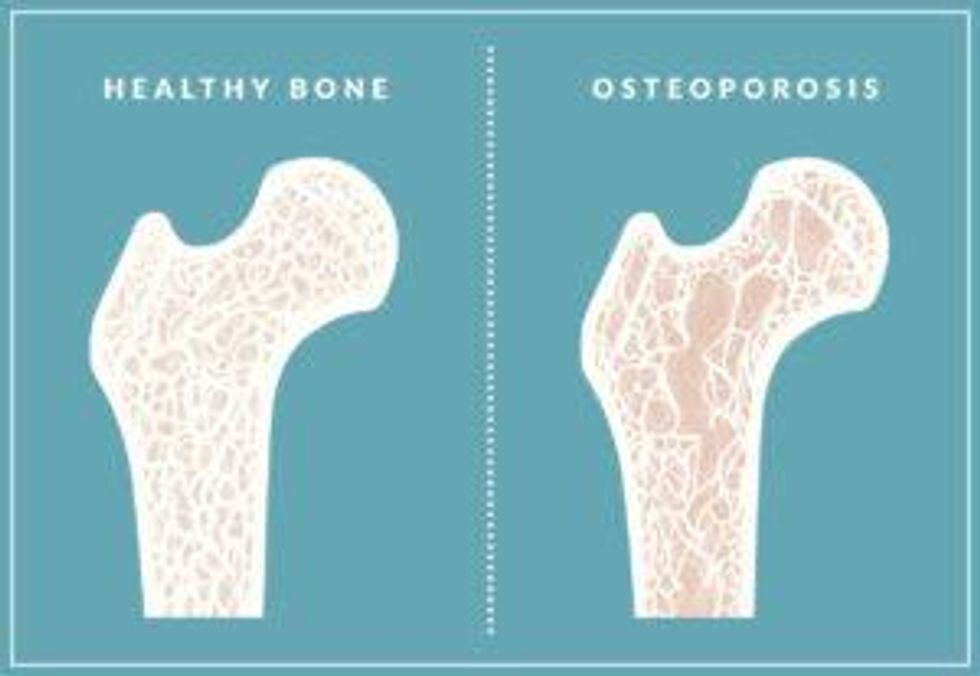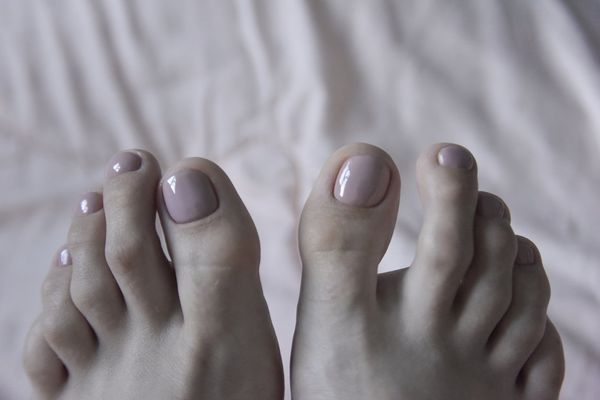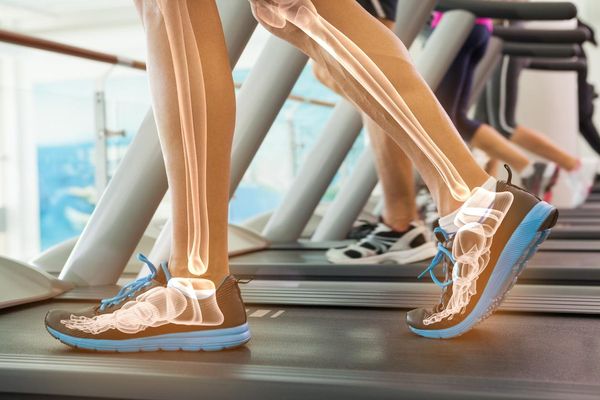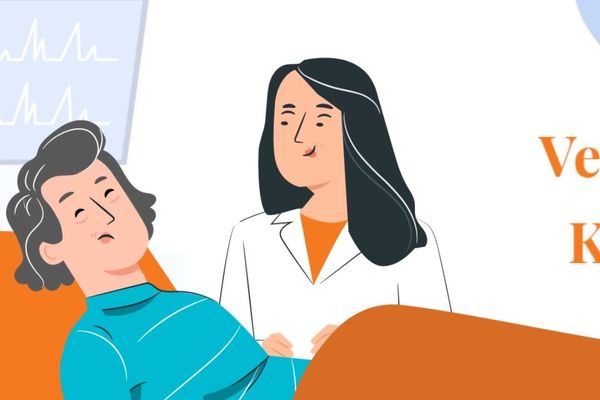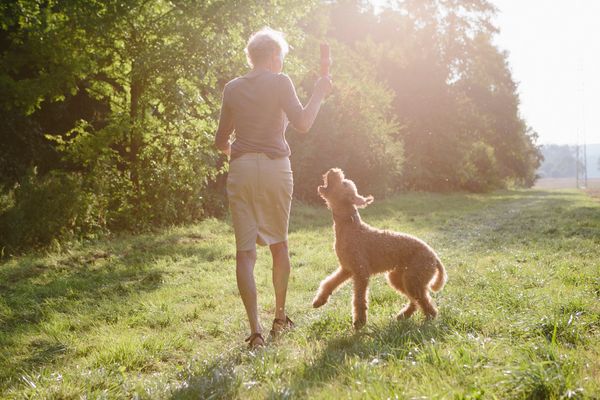As women (and men) in midlife, we all should be concerned about our bone health.
Bones are one of those things that you don't really think about, until you either break one (guilty—I didn't really think about it until I slipped on a wet bathroom floor and broke my wrist a few years ago); learn that one of your friends has osteopenia or osteoporosis; or you get the results of a bone density test (and it's less than stellar).
The three greatest influences on bone mass? Age, gender and genetics. Unfortunately, these are not under our control.
But, there are things we can personally control that can change the course—and timing—of midlife fractures and the onset of osteoporosis:
Physical Activity, Calcium and Vitamin D
Many of us exercise and take vitamin D but might be more hesitant about taking calcium supplements. That may be, in part, because a few years back it was reported that calcium can increase the risk of heart disease and heart attack.
But, as reported in the Harvard Health Letter:
"There is no clear association between calcium supplements and the risk of heart attack or stroke," says Dr. JoAnn Manson, professor of medicine at Harvard Medical School and chief of preventive medicine at Brigham and Women's Hospital.
What it comes down to is this: You need calcium, but diet is the best way to get it. If your diet falls short, then you should consider adding supplements. But before you do, figure out how much calcium you're getting from food and how much you need to bring the amount where it should be.
According to the Harvard Women's Health Watch Report, women 50 and younger should get 1,000 milligrams a day; if you're over 50, the number is slightly higher, 1,200 milligrams.
We all know that milk is an excellent source of calcium; but what if you're not a fan? There are lots of calcium-rich foods. Here are a few examples:
- Collard greens
- Broccoli rabe
- Soy beans
- Broccoli
- Sardines
- Salmon (with bones)
- Part-skim ricotta cheese
- Plain, low-fat yogurt
- Cottage cheese and other cheeses
- Fortified foods like tofu, English muffins, almond, rice or soy milk and frozen waffles
For more calcium-rich foods, click here.
Don't forget about vitamin D, which is needed to help your body absorb calcium. Most adults need about 600 international units, or 15 micrograms, each day. Some foods—like egg yolks and canned salmon with bones—contain it naturally, but it is very hard to come by this way.
Your options? Expose your skin to the sun for a brief time. Your body can produce 10,000 to 25,000 IU of vitamin D in just under the time it takes your skin to burn, according to the Vitamin D Council. (The time varies depending on the time of day, where you live and your skin color.)
As for exercise, two types will help build and maintain your bone density: weight-bearing and muscle-strengthening.
Get your high-impact weight-bearing exercise through things like dancing, high-impact aerobics, hiking, jogging or running, jumping rope, climbing stairs and playing tennis.
Low-impact weight-bearing exercises are a fine alternative if you cannot do high-impact exercises. These include things like the elliptical machine, low-impact aerobics, stair-step machines and fast walking on a treadmill or outdoors.
Strengthen your muscles with things like weight lifting, weight machines, elastic exercise bands, lifting your own body weight and functional movements (like standing still and rising up on your toes).
Read More:
Starting an Exercise Routine
Find the Gym That Fits Your Needs
Low-Impact Workouts That Are Actually Fun
Benefits of Strength Training as You Age

